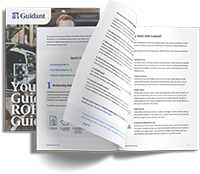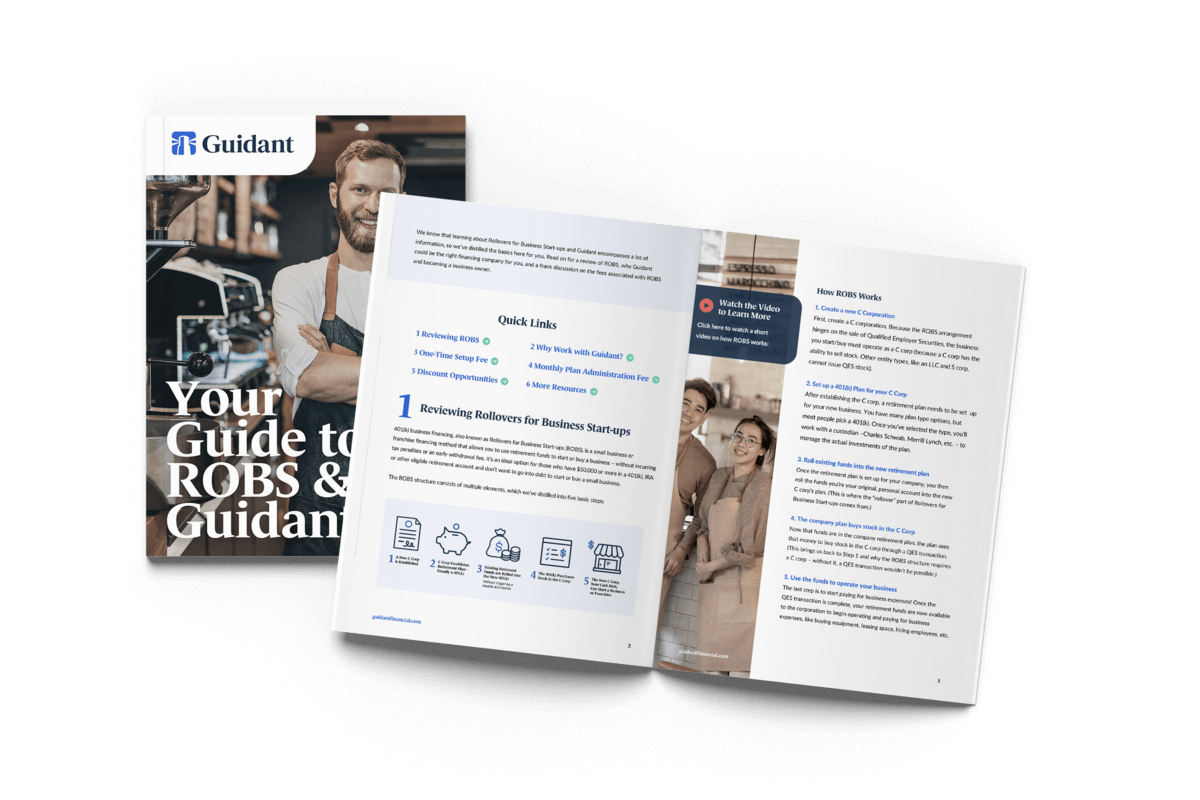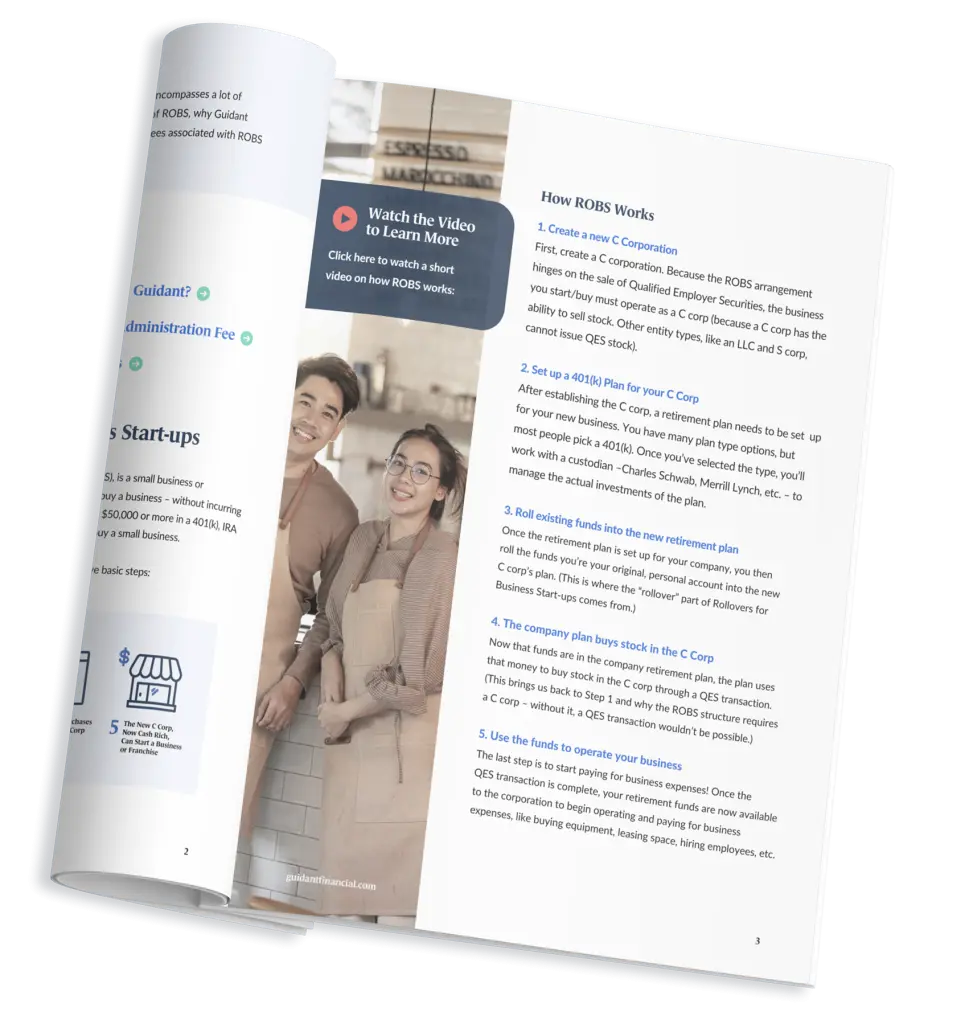Running a small business requires exceptional skills but it’s financial literacy that can take your business to the next level.
Financial literacy plays a vital role in shaping your workplace and personal finances. A financially literate person will know how to consolidate high-interest debts, keep their company books current, make a financial plan for their student loans, and determine when they are able to make a financial decision themselves versus hiring a professional.
What is Financial Literacy?
Financial literacy is all about understanding your business’ finances. It entails having sound knowledge of financial terminologies, theories, concepts, practices, and statements — in other words, a financial education. All of this helps you understand your company’s finances and the factors involved in affecting your profitability.
You don’t have to be a college graduate to understand or excel at financial literacy. Even if you are from a non-accounting background, learning the basics can help you make informed decisions about your finances. Let’s look at the significance of financial literacy in your business.
Why Is Financial Literacy Important for Small Business Owners?
As a small business owner, you must keep a record of your transactions. More importantly, you need to understand where your money is coming from and where it’s going. In addition, financial literacy helps you make the right decisions that can impact your profitability.
Being financially literate enables you to make the correct choices for your business. Whether it’s about cash flow management, creating a business plan, hiring a new employee, or anything else, you’ll have a completely different perspective once you’re financially literate.
Managing Cash Flow
Liquid assets are pivotal for every company. Liquid assets are cash, or belongings that can quickly and easily be turned into cash. Liquidity ensures that companies have enough cash to cover their expenses, but it can also provide a competitive advantage when liquidity across the economy is short.
Ensure that you make payments to your vendors and take payments from your clients on time. This ensures that you have the right amount of cash on hand. If you cannot manage your cash flows, you will have to turn toward high-interest loans. These high-interest loans will have a significant impact on your company’s finances and profitability — an impact that can be avoided with the right financial education.
Handling your Taxes
Business owners have to deal with income tax, self-employment tax, and many more. If you have a thorough understanding of your tax situation, you can calculate how much you need to pay to the IRS. If your tax situation is beyond your capabilities to complete, you can also hire a tax professional or accountant to handle your taxes for you.
Analyzing your Financial Statements
Financially literate people can analyze their financial statements on their own. Financial statements depict the performance of the company over a period of time. They are usually made at the end of the annual year. The profit and loss statement shows the net profit or the loss of the business.
Look at the factors affecting profitability. If the business is incurring a net loss, what expenses can you cut back on? If the company is making a profit, what investments can you make (either in your own company, or an external company) that will increase your revenue?
By analyzing your profit and loss statement, you can accurately calculate the amount of tax. Besides the P&L statement, evaluating your balance sheet is also important as it helps you learn about the company’s financial health.
You can find out the liabilities, assets, and capital of the company through your balance sheet. What’s more, you can estimate whether you can qualify for a loan and get an idea about the business’s creditors and debtors.
The Basics of Financial Literacy
Financial Statements
The cornerstones to understanding the financial situation of your company are the profit and loss statement, cash flow statement, and balance sheet.
Profit and Loss Statement
Also known as an income statement or statement of operations, this shows how the revenue is transformed into income or profit. It shows how much money your company brought in and how much profit you made from those sales.

Cash Flow Statement
A cash flow statement provides a detailed picture of the cash flowing in and out of a company during a specific period of time (usually 12 months).
Tip: Looking at your past cash flow through accounting software can help you determine your future cash flow.

Balance Sheet
A balance sheet lists out account balances on a company’s assets, equity, liabilities, and other spending and income that the P&L doesn’t cover – like cash from a loan or outstanding customer invoices. Essentially, it shows you what you own, and what you owe.
Learn how to create a company balance sheet and download a template here.

Break-even Analysis
The break-even point is the point when cost and revenue are equal. A break-even analysis helps you discover how much money you will need to spend before you begin making a profit.
Learn how to calculate break-even analysis in Excel here.
Common Business Ratios (and Their Formulas)
Ratios in a business plan are used to assess and analyze the performance of a business. In this case, projected ratios are another good look for banks to understand your business’s potential and also serve as a goalpost for your planning.
- Net Profit Margin
Formula: Net Profit After Taxes / Net Sales - Gross Profit Margin Ratio
Formula: Gross Profit = (Revenue – Cost of Goods Sold) / Revenue - Profit Margin Ratio
Formula: Profit Margin = (Revenue – Expenses) / Revenue - Quick Ratio (also known as “The Acid Test”)
Formula: Quick Ratio = (Cash + Marketable Securities + Accounts Receivable) / Current Liabilities
OR
Formula: Quick Ratio = (Current Assets – Inventory) / Current Liabilities - ROI (Return on Investment) Ratio
Formula: ROI Ratio = (Gain from Investment – Cost of Investment) / Cost of Investment - Current Ratio
Formula: Current Ratio = Current Assets / Current Liabilities - Common Size
Formula: Common Size Ratio = Line Item / Total
Ways to Increase Your Financial Literacy
Many small business owners have a misconception that the only way to gain business financial literacy skills is through formal education. That is not necessarily true, as there are several other ways to become financially literate.
You can also gain an advantage in your personal life by leveraging your knowledge to consolidate high-interest debts. Nevertheless, here are a few ways for small business owners to become financially literate.
1. Use Debt the Right Way
Many people think debt is bad, but that’s not necessarily true. It depends on how you use it. If you look to expand your business by taking a business loan or other debt, there’s no harm in that. You’ll create an extra source of income which will help you reduce your debt.
But if you use debt (such as credit cards) on unnecessary items, you will end up spiraling into more debt. Therefore, it’s vital to understand the reason you’re taking a loan and have a well-thought-out plan to pay it back. This practice of being critical of your spending habits will improve your financial literacy over time.
2. Build a Habit of Reading
Reading books is one of the best ways to increase your financial literacy. You will understand the business terminologies and the ways experts analyze the finances of different companies.
Moreover, it will help you find the right ways to manage your cash flow and prepare your taxes the right way. If you don’t feel like reading, you can always listen to business podcasts or attend seminars about financial literacy.
3. Stay Up-To-Date with the New Technology
One of the best ways to increase your financial literacy is by understanding new technologies. The internet is an excellent way to stay up to date about various technologies. You can also use it to learn new financial literacy skills.
4. Understand Your Credit Score
Small businesses looking to borrow additional money need to understand how credit rating works and how their credit score can impact their loan limit, tenure, and interest rate.
In general, Guidant recommends that business owners have a personal credit score over 690. Businesses should have a business credit score of more than 160. Know your credit score and how to improve it if necessary.
Once you’ve got a solid understanding of credit scores, you can better negotiate the interest rates and loan amount you deserve.
5. Take Advantage of Financial Education Resources
If you’re not great with numbers, contacting a certified professional accountant is where you should start. Even with the help of an accountant, making informed business decisions will be challenging if you don’t know how to read a profit and loss statement. Here are our favorite free resources on the web:
- The Small Business Administration’s (SBA) Financial Management for a Small Business Workbook [PDF]. This incredible 22-page PDF contains a pre-test, explanations of the most vital information to increase your financial literacy, and a post-test. It also includes sample statements and further resources.
- If you’re a more digital type, try the LinkedIn Financial Essentials for Small Business course. It was taught and designed by real accounting professors, and with the first free month that comes with LinkedIn Learning, you should have more than enough time to complete the course!
- For a walkthrough on personal financial literacy, including savings, debt, and credit, take a look at the financial literacy guide on Annuity.org.
- If these two resources haven’t convinced you to outsource some of your financial small business needs, check our breakdown on why your small business needs payroll services!
6. Know When to Outsource
Not every business owner can be a financial expert. If you’re struggling to take care of your business finances, consider hiring someone to help you take care of them.
It’s tempting to think you’re saving money by doing it all yourself, but financial mistakes can lead to serious fees and fines.
If that’s not enough to convince you, consider the competitive advantage a financial education gives your business. A Florida Small Business Development Center (SBDC) conducted a study that found 50% of the businesses in its growth acceleration program were in financial distress [PDF]. Of those, none were doing any financial analyses, and only one could explain the gross profit ratio (a key indicator of business performance) and how it impacted their business.
Get the advantage and avoid financially floundering by hiring a financial expert. Whether you’re looking to hire a permanent employee or outsource a tough task to an expert, our small business hiring guide can help.
Advance your Business to Get a Competitive Edge
Financial literacy opens you up to new possibilities. If you want to advance in your career, you need to have complete knowledge about your personal and company financials.
It will help you consolidate your debt and help you leverage your company’s finances to become more competitive.
In an era of hyper-competitiveness, businesses are continuously looking for ways to increase profitability. With complete knowledge about managing your company’s finances, you can reduce your costs and increase your profits.
Sharpen more of your business skills with the Guidant business skills guide!
About the Author: Lyle Solomon has considerable litigation experience as well as substantial hands-on knowledge and expertise in legal analysis and writing. Since 2003, he has been a member of the State Bar of California. In 1998, he graduated from the University of the Pacific’s McGeorge School of Law in Sacramento, California, and now serves as a principal attorney for the Oak View Law Group in California. He has contributed to publications such as Entrepreneur, All Business, US Chamber, Finance Magnates, Next Avenue, and many more.

















